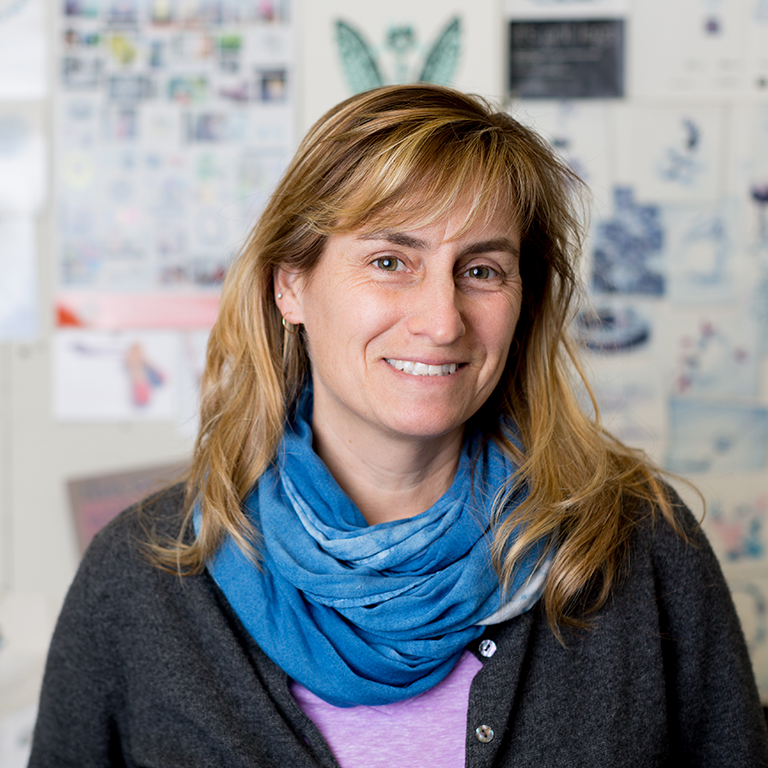Source: IU News
Welcome, New Faculty CEWiT Members!
Last November, Nicole Jacquard, an assistant professor at Indiana University’s School of Art, Architecture + Design and an affiliate of CEWiT, was awarded a fellowship from the Fulbright Program, a highly competitive international education exchange program sponsored by the U.S. government. She was among 12 IU faculty members from campuses all across the state.While some of the countries being traveled to included Italy, Brazil, Estonia and the Philippines, Jacquard spent four months in Dundee, Scotland. There, she studied pseudo penannular adornment, a series of brooches, necklaces and other ornamentation that dates back to the time of the Vikings.
“They had pins that would hold large cloaks or garments on their shoulders that were functional but also a symbol of prestige and status,” explains Jacquard. “And they had these enormous necklaces. They were very heavy and cumbersome but displayed because there was a prestige that came with wearing it.”
However, when the Romans conquered much of Europe, including the Dundee region, they melted these pieces, along with silver cups, vases and goblets, to make coins. As a result, people buried their adornments in an attempt to hide and preserve them.
Now, centuries later, Jacquard spent her time locating these places where the adornments were buried, otherwise known as hoards. There were often entire collections in these hoards.
“It was interesting because, as an artist, I view these objects as so precious,” says Jacquard. “But, at the time, these were really just commerce.”
Although she was fortunate enough to find these ancient pieces, Jacquard has to now put them back together in order to properly study them. Analyzing the composition and design of these adornments in the first aspect of her project.
“When you look at these pieces in a museum, the piece itself tells you certain things, the metallurgy, the minerals of the region in which it was made,” says Jacquard. “But you never know the story behind the work.”
Creating a story for these pieces is the second arm of Jacquard’s project. She wants to take the facts that she can ascertain from studying these adornments, along with the history of the region in which they were found, and create a fictionalized story for them.
“People in my field don’t really write papers,” says Jacquard. “The goal is to exhibit the work either physically or online.”
So, using an app that was actually developed in Scotland, Jacquard is planning on displaying these pieces and then telling their stories through augmented reality so the viewers can better interact with the object. The app allows you to take a static photo or object and place it in a little move.
This kind of interactivity is fairly new in museums, according to Jacquard.
“There is a strong push in museums for there to be more engagement with their work,” says Jacquard. Museums are becoming increasingly focused on allowing their audience to interact with the display items in addition to the handheld listening devices they’ve been offering for years.
Jacquard says allowing the audience to interact with the pieces in this way heightens the experience they have. Not everyone understands art and why they like and dislike certain things, but interactivity allows them to almost converse with the pieces.
“As an artist, I’ll have people who know less about art say ‘I don’t know much about art, but I know what I like’,” says Jacquard. “So people are visually responding to the art and it takes a conversation with an artist to understand why. I think there’s a really strong push to engage public so they better understand what they are looking at within context of the greater artistic realm.”
Jacquard is still working on assembling these adornments and hopes to have her project displayed both at IU and back in Dundee soon.


